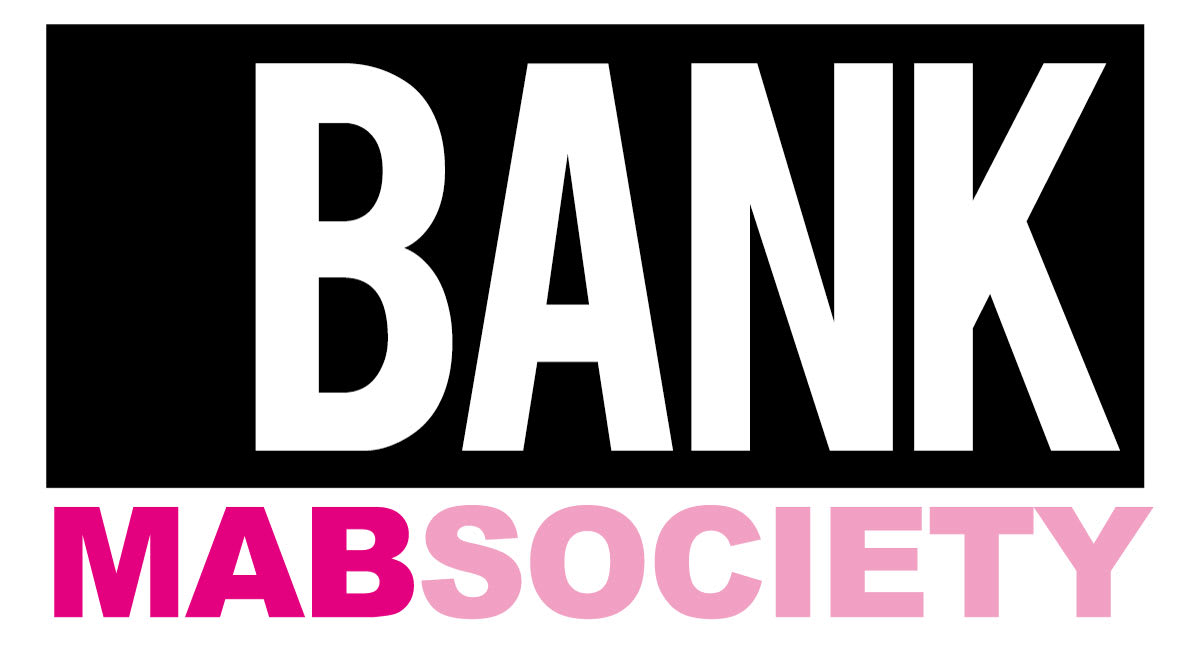Towards a Neo-Constructivism
Past exhibition
Overview
Constructivism, one of the 20th Century's most important movements, declared an "UNCOMPROMISING WAR ON ART!" It attempted to break art down into its fundamental parts, challenge the legitimacy of established traditions, and construct an austere form that supported social revolution in post-Tsarist Russia. This exhibition poses the possibility of a latent or emergent Neo-Constructivism in today's convoluted cultural landscape. While Constructivism's lingering legacy is pervasive, this group of artists are gathered to decode on what terms, if any, a 'new constructivism' might be deployed.
Constructivism recouped aesthetic and social concerns from the reign of decorative, bourgeoise consumerism by imagining a total art that could liberate the oppressed masses. Neo-Constructivism is a reevaluation of the remnants left behind by this utopian legacy through the lens of our contemporary global reality which is witnessing the ultimate failure of ideology, and the systems it has spurned to, not only liberate us from social ills, but create any sense of security, liberation, or dominant aesthetic discourse. Neo-Constructivism reshuffles art's fundamental parts but, in an era, where the avant-garde, which has long lost its ability to subvert, is one of many ironic subplots to late-capitalist pluralism.
In place of painterly concerns, Constructivists, reflecting modern industrial society's burgeoning technological advancements, were interested art that was constructed or built. They used sparse, geometric forms and modest materials to produce a pure art that often borrowed or blurred boundaries with design and architecture. Abstract and geometric artworks continue to proliferate today as does art's engagement with technology but their import has changed. While the geometric abstraction of today not only reflects Constructivism's original 'democratic' or non-representational aesthetic, it is no longer subversive in the original sense, instead it reflects the decorative bourgeoise art it once sought to denounce. And just as the Russian avant-garde's imperative was to bridge the social-economic gap between the masses and elite, the world today is experiencing the largest economic disparity in history. On the one side, what might've once been considered an 'austere' artistic pursuit has now been reduced to symbolic value for a privileged small percent. On the other side, artists are free to engage with their challenging social conditions and cultural heritage by exploring all the possible parodies and modalities of an 'austere' or 'relevant' art form.
Constructivism recouped aesthetic and social concerns from the reign of decorative, bourgeoise consumerism by imagining a total art that could liberate the oppressed masses. Neo-Constructivism is a reevaluation of the remnants left behind by this utopian legacy through the lens of our contemporary global reality which is witnessing the ultimate failure of ideology, and the systems it has spurned to, not only liberate us from social ills, but create any sense of security, liberation, or dominant aesthetic discourse. Neo-Constructivism reshuffles art's fundamental parts but, in an era, where the avant-garde, which has long lost its ability to subvert, is one of many ironic subplots to late-capitalist pluralism.
In place of painterly concerns, Constructivists, reflecting modern industrial society's burgeoning technological advancements, were interested art that was constructed or built. They used sparse, geometric forms and modest materials to produce a pure art that often borrowed or blurred boundaries with design and architecture. Abstract and geometric artworks continue to proliferate today as does art's engagement with technology but their import has changed. While the geometric abstraction of today not only reflects Constructivism's original 'democratic' or non-representational aesthetic, it is no longer subversive in the original sense, instead it reflects the decorative bourgeoise art it once sought to denounce. And just as the Russian avant-garde's imperative was to bridge the social-economic gap between the masses and elite, the world today is experiencing the largest economic disparity in history. On the one side, what might've once been considered an 'austere' artistic pursuit has now been reduced to symbolic value for a privileged small percent. On the other side, artists are free to engage with their challenging social conditions and cultural heritage by exploring all the possible parodies and modalities of an 'austere' or 'relevant' art form.
Installation Views
Works

















